Editor’s Note: All opinion content reflects the views of the individual author only and does not represent a stance taken by The Collegian or its editorial board.
What was framed as an opportunity for student-athletes to get compensated for their personal brand they created through their sport has now turned into something drastically different. With name, image and likeness deals, some students are turning into superstars attending Paris Fashion Week, while others are struggling to make ends meet in order to play the sport they love.
NIL has created a huge disparity between athletes attending universities known for their athletic dominance and athletes who go to lesser-known universities. Even within the state of Colorado, those differences can be seen.
Take Colorado quarterback Shedeur Sanders. The transfer quarterback from Jackson State has made more than a livable wage off of NIL deals, earning approximately $4.1 million from his personal brand thanks to sponsorships from Kentucky Fried Chicken, Oikos Greek Yogurt and more.
This trend of high-earning student-athlete stars isn’t common at other lesser-known universities. I’ll be the first to admit Colorado State isn’t a football school, but neither was CU until Deion Sanders showed up to coach the team to a rather unsuccessful football season but very successful NIL season.
A household name like Deion Sanders coming into the picture in Boulder obviously brought a large amount of media attention and money to the Buffs. However, Colorado State someone like Deion Sanders to bring in the stacks of cash, and that leads right into one of many flaws in the NIL program.
Obviously, companies want to sponsor athletes who are going to give their brand more recognition. The Sanders name has that instant recognition that any company would want to latch onto.
But for universities who don’t have a name like Deion Sanders, Caitlin Clark or Angel Reese, NIL struggles to meet the original task it was designed to complete. In order to give lower-profile athletes a chance to actually earn money for the media they bring into the university, the money fans pay for their jerseys and for their own personal brand they’ve created from playing their sport, the program needs to be restructured.
NIL should be providing athletes with the opportunity to live a comfortable life while balancing the challenges of being both a full-time student and full-time athlete. However, for those who don’t have the same brand recognition other athletes might have, NIL can prove to be just a hassle.
It’s not just a pain for those athletes who have the opportunity to gain some compensation; for international students, it is even more difficult. NIL doesn’t allow international students to reap the same benefits that American-born students gain.
At CSU, many athletes were recruited internationally. On the football team, notably, punter Paddy Turner could have a huge opportunity to gain monetary compensation from NIL. However, because he’s from Australia, he is unable to gain anything from potential sponsors.
Many other teams at CSU also have international athletes. On the women’s basketball team, for example, Marta Leimane and Sanna Ström could also have opportunities to gain from NIL. Because they are international students, that opportunity isn’t available to them.
NIL is controversial in itself, and a solution isn’t readily available. In order to make things equal for all athletes, regulations need to be put in place to restrict the amount of money athletes can make, or sponsorships should be regulated to only local and state organizations.
Reach Emma Askren at sports@collegian.com or on Twitter @emma_askren.
Interested in more sports content? Sign up for Ram Report here for weekly CSU sports updates!


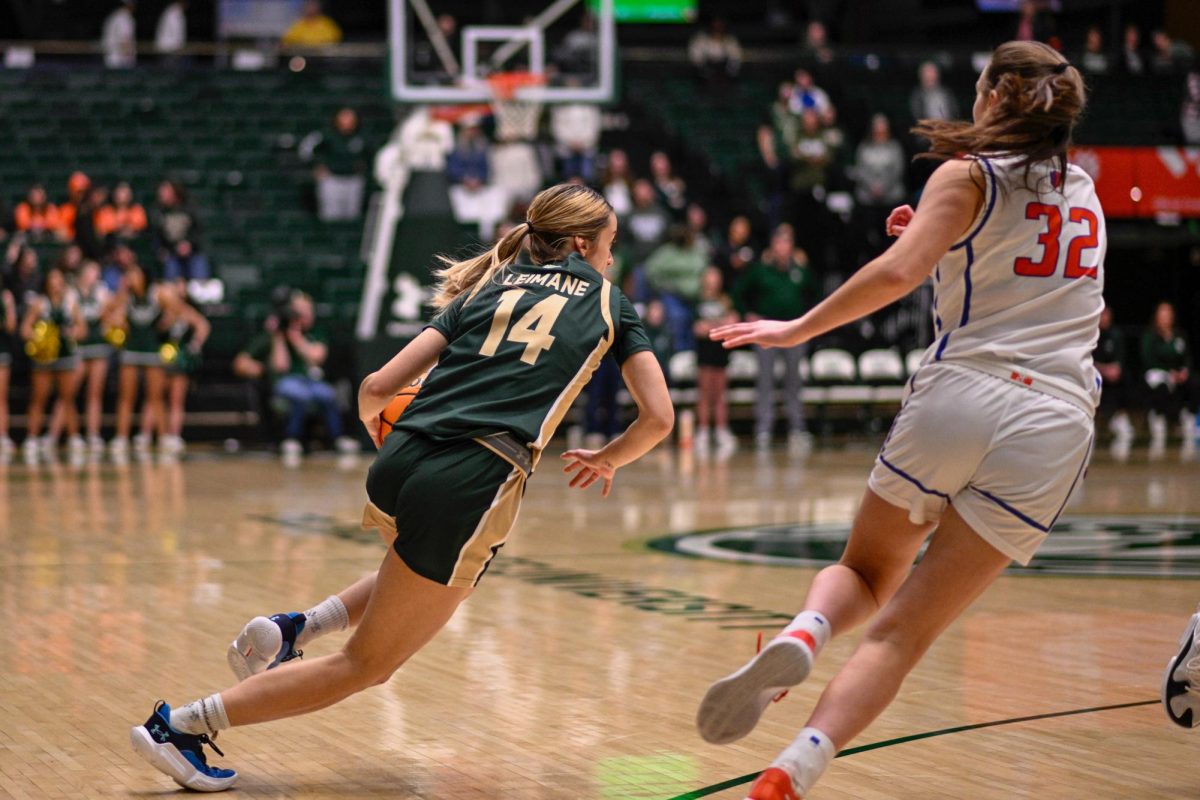

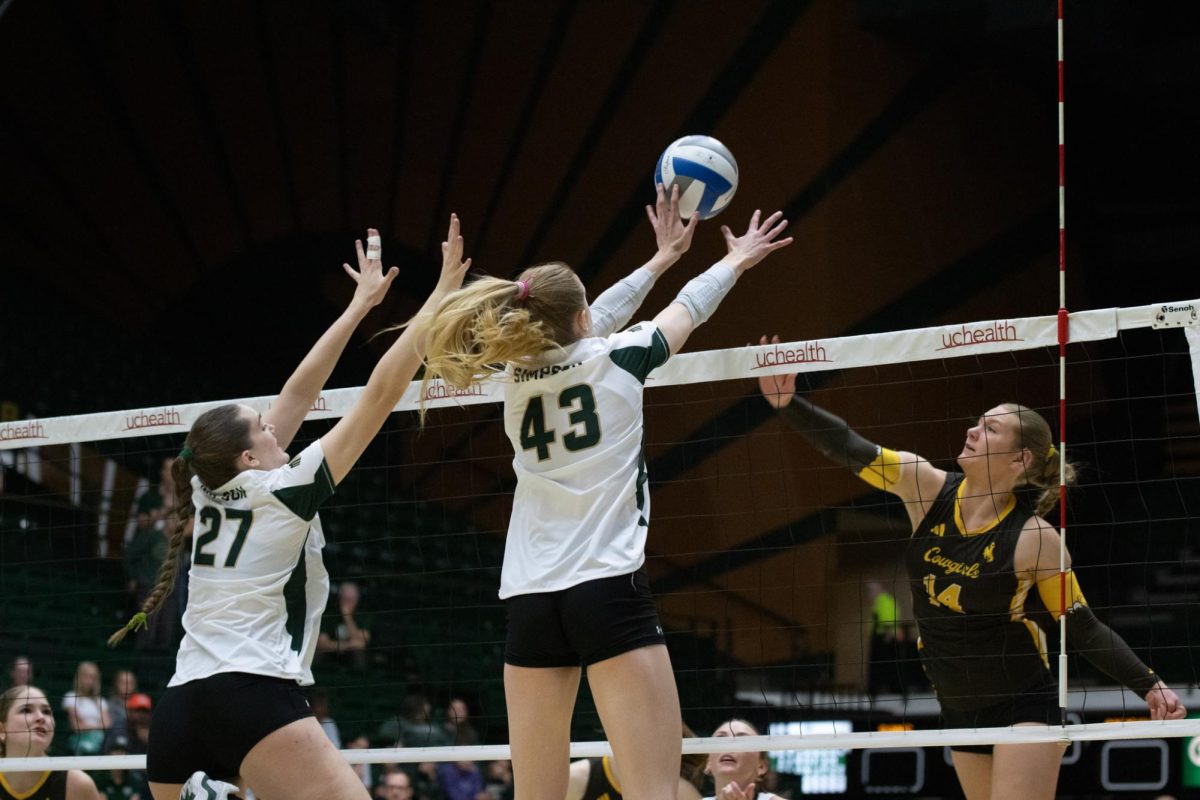
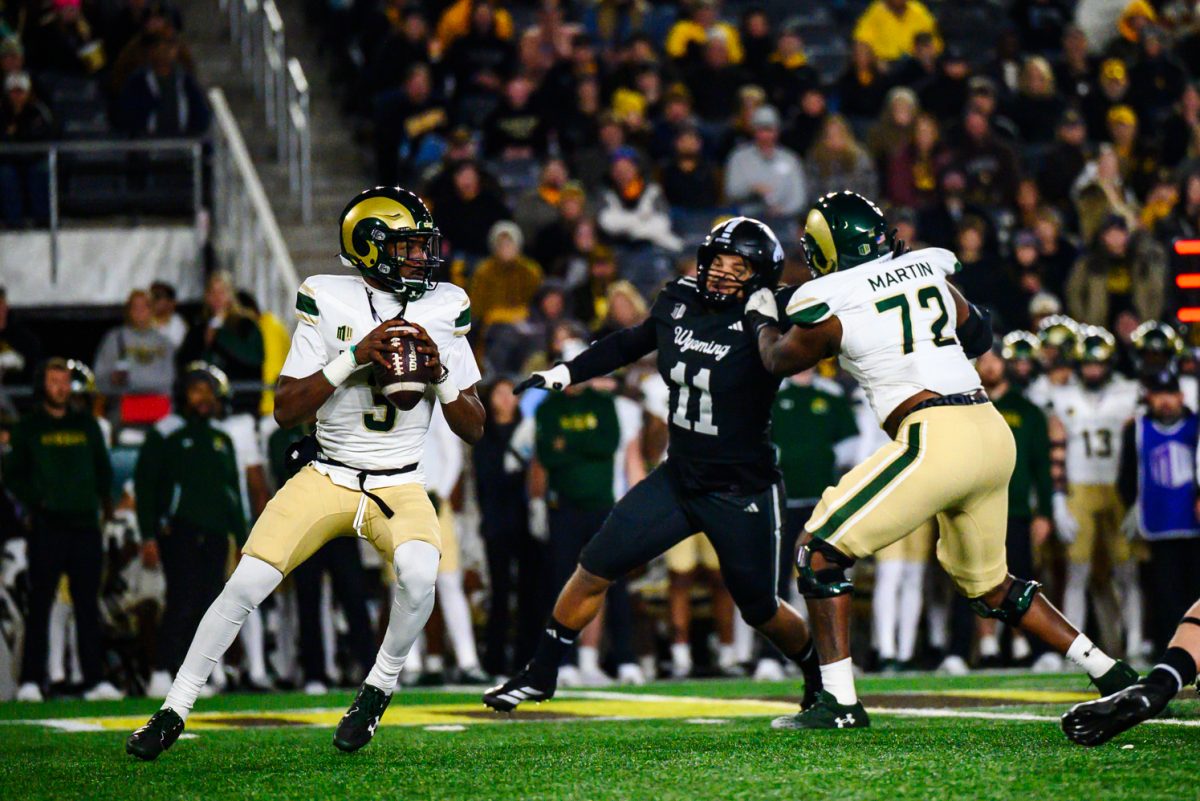

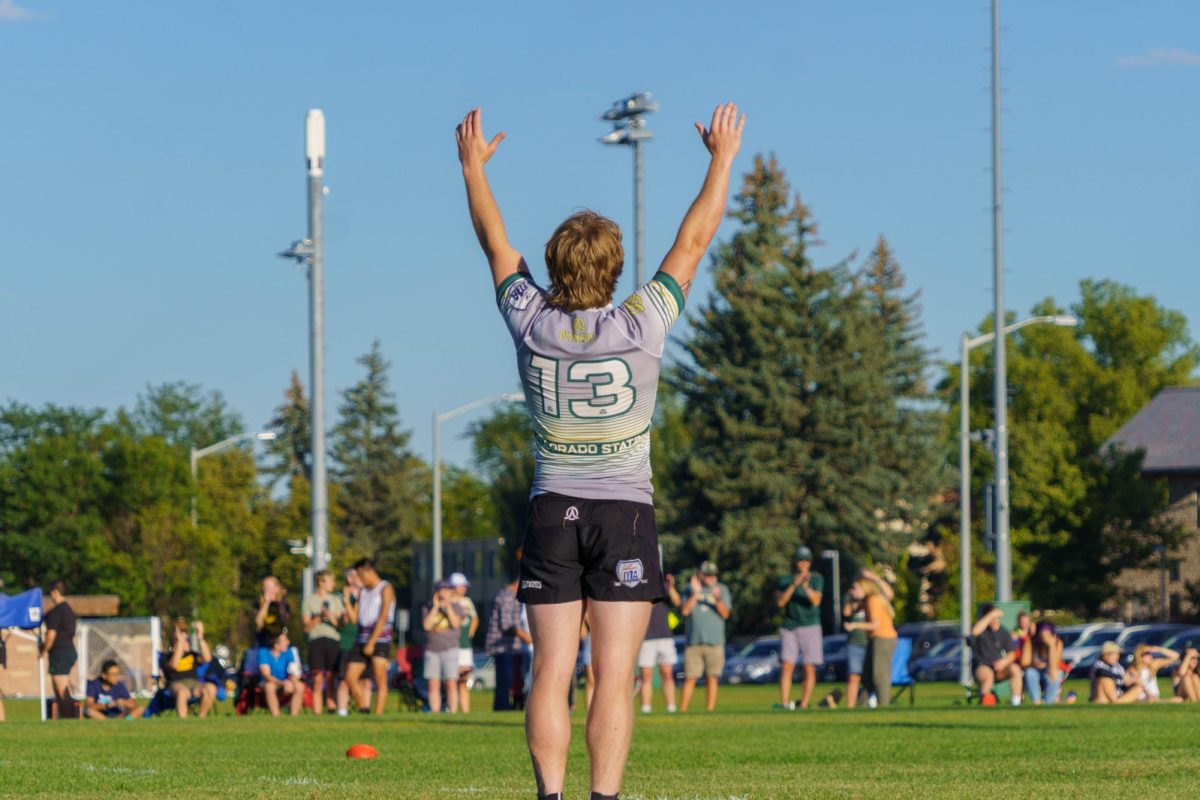
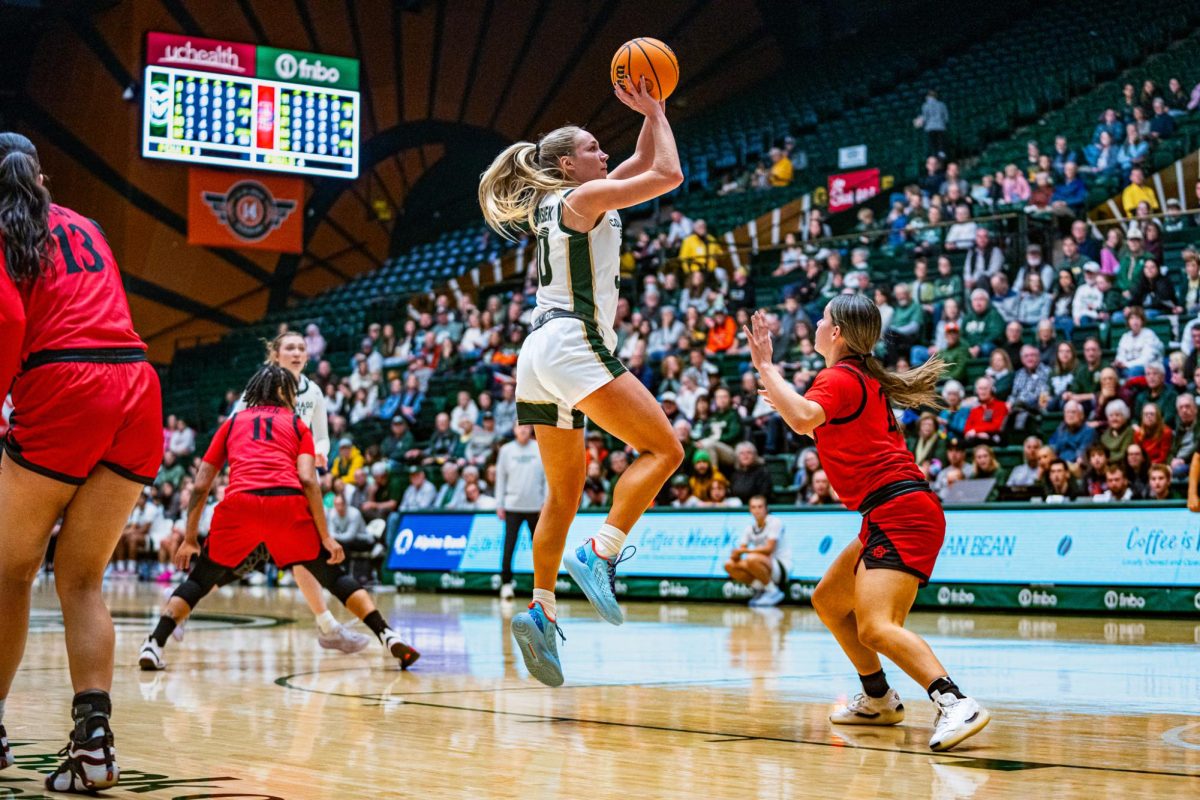
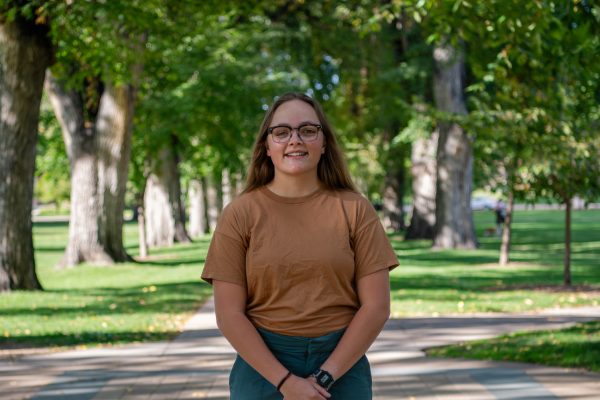
Wyatt • Apr 17, 2024 at 3:49 pm
NIL was not designed to bring some sort of equality amongst college athletes vis a vis other college athletes. It was not designed for college athletes at all. It’s a legal concept that recognizes marketable commercial value to one’s name, image and likeness. The US Supreme Court determined the NCAA illegally deprived athletes of the opportunity to realize profit from their personal NIL. Those who argue that NIL should result in equal distribution between all athletes, across all schools, or that NIL funds should be shared “fairly” between all athletes, are promoting a position that’s been shot down by the courts. The beneficiary of Caitlin Clark’s NIL should be Caitlin Clark, not a CSU long distance runner.